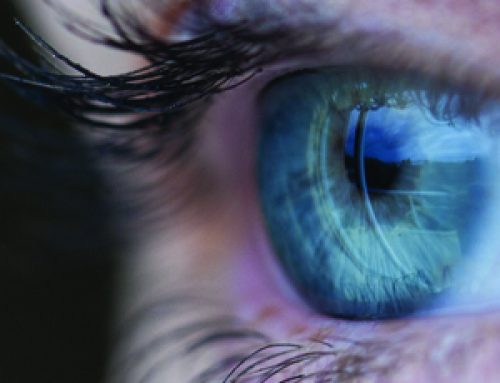Book Review – The Chronic Stress Crisis by William G. Timmins, ND
 While there are many books about the problems of adrenal exhaustion or adrenal fatigue, very little has been written about that which leads up to it, when the adrenals are on high alert. Dr. William Timmins discusses the full spectrum of adrenal response in The Chronic Stress Crisis.
While there are many books about the problems of adrenal exhaustion or adrenal fatigue, very little has been written about that which leads up to it, when the adrenals are on high alert. Dr. William Timmins discusses the full spectrum of adrenal response in The Chronic Stress Crisis.
Dr. Timmins defines chronic stress as stress that is repetitive, ongoing and unremitting; it can be linked to both internal and external sources. He identifies common stressors such as grief, poor sleep, parasites, injury, chemical exposures, too much or too little exercise, and poor food choices. Dr. Timmins makes the case that stress is the number one cause of all illness and disease.
In describing how chronic stress leads to crisis, Dr. Timmins reviews the pioneering work of Dr. Hans Selye, called General Adaptation Syndrome, which identifies three phases of stress response. Dr. Selye characterized the phases by the physical and biological changes that occur in the body in response to stress:
- During the alarm phase, which is the first reaction to stress, the hormones cortisol (also known as hydrocortisone), adrenaline and noradrenaline rise quickly to provide instant energy.
- The next phase is the resistance phase, during which the acute sources of stress may have resolved and hormone output has returned to normal, but the ability to handle future stresses may be compromised. Or, there may be constant stressors that keep the body in high alert for long periods of time.
- The final phase is the exhaustion phase, which happens after repeated stress causes multiple cycles of the resistance phase, and hormone production ultimately fails.
Dr. Timmins expands on these phases, describing five stages of stress response in more detail:
Stage 1 begins when stress first causes a deviation from balance; the body either attempts to return to normal or compensates toward more disorder.
Stage 2 begins when pathophysiology occurs; that is, the body continues to struggle to return to balance but body functions, tissues and organs are starting to compensate.
Stage 3 begins when pathomorphology occurs; in other words, symptoms start to appear but may be subtle, and the body still struggles to return to balance. People may believe that they still feel fine.
Stage 4 begins when symptomatology dysfunction becomes apparent. In this stage, symptoms are apparent and persist, leading people to seek out medical care.
Stage 5 is when the loss of life force occurs (i.e., death), typically as a result of a heart attack or respiratory failure.
Dr. Timmins explains how the build-up to this final stage has actually been going on for years. Chronic stress, which results in abnormally high levels of cortisol, affects the entire body throughout these five stages, causing all body systems to suffer. He calls the hormone changes that occur with chronic stress “the pregnenolone steal” because pregnenolone gets continually diverted to make more cortisol. The interactions among various hormones, and their resulting symptoms, include:
- Pregnenolone is the first hormone made from cholesterol and is the source material for all other sex and adrenal hormones. During periods of high stress, this redirection of pregnenolone leads to higher than normal levels of cortisol and lower levels of other sex and adrenal hormones.
- The major impact is that DHEA production declines. Testosterone subsequently becomes deficient leading to decreased libido, depression, muscle weakness, and immune system dysfunctions.
- Progesterone, which is important for mood and sleep and also balances estrogens, is diminished. The progesterone decline allows the effects of estrogens to dominate, leading to menstrual difficulties, weight gain, insomnia, anxiety, and infertility.
- Aldosterone, which regulates sodium and potassium levels as well as blood pressure, is reduced leading to symptoms such as drowsiness, absent-mindedness, salt cravings, and frequent urination.
Missing from this book is a discussion of the adrenal hormones, adrenaline, and noradrenaline, which are also released in response to stress. Persistent excesses of these hormones contribute to insomnia, anxiety and irritability, and rapid and irregular heart rates.
Dr. Timmins suggests that removing the sources of stress is the cornerstone to recovering health. Some stressors may be obvious, such as inadequate sleep, traumatic events, or poor diet. Other stressors may not be so apparent and will need the assistance of a medical practitioner to decipher. These can include parasites, viral and bacterial infections, food intolerances, and environmental toxins such as heavy metals and molds.
Dr. Timmins provides a framework for seeking out both obvious and less obvious forms of stress, and identifying steps that could help to remove those stressors. This book provides useful guidance for those people who are trapped in the early high-alert stages, as well as who have reached adrenal exhaustion.




